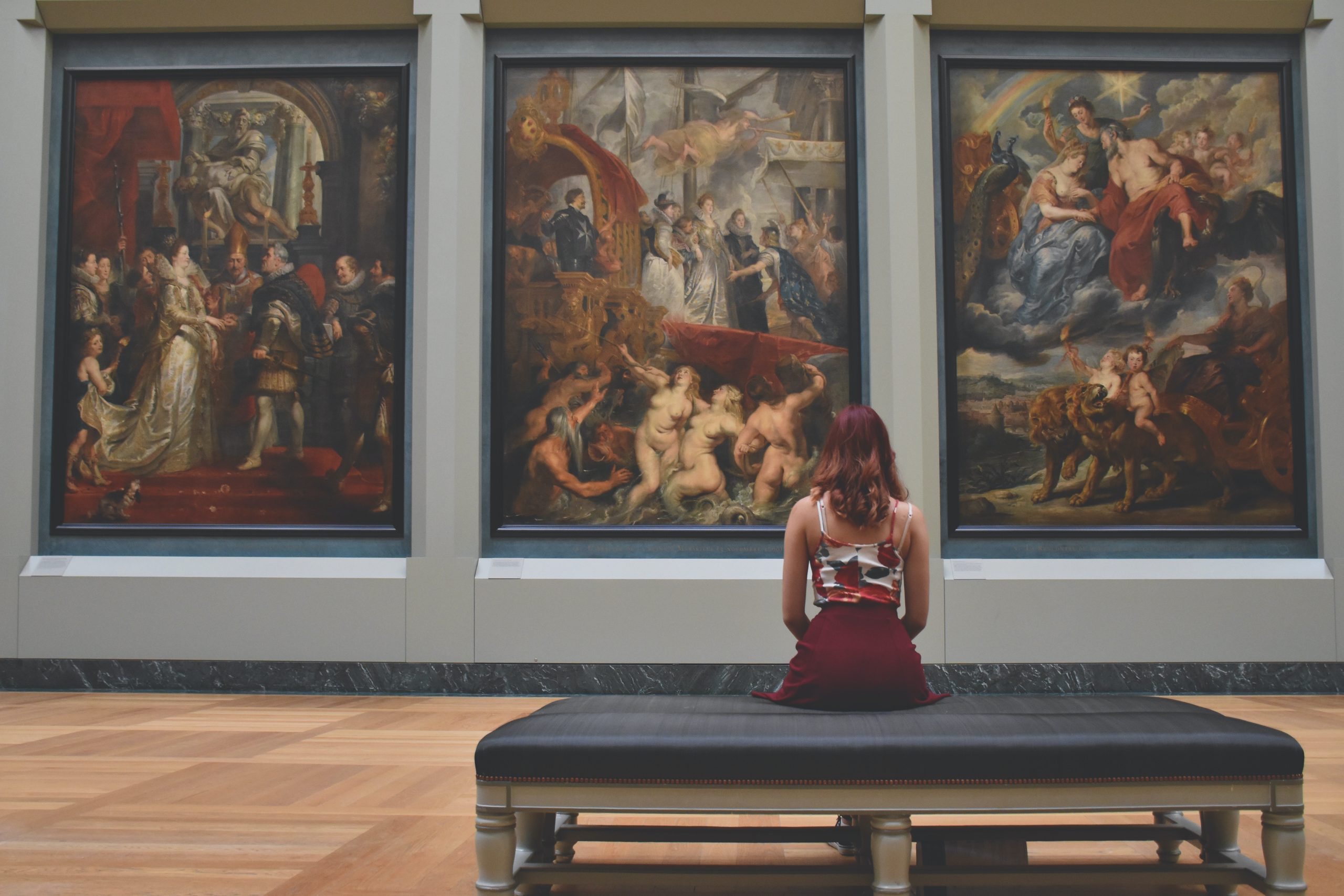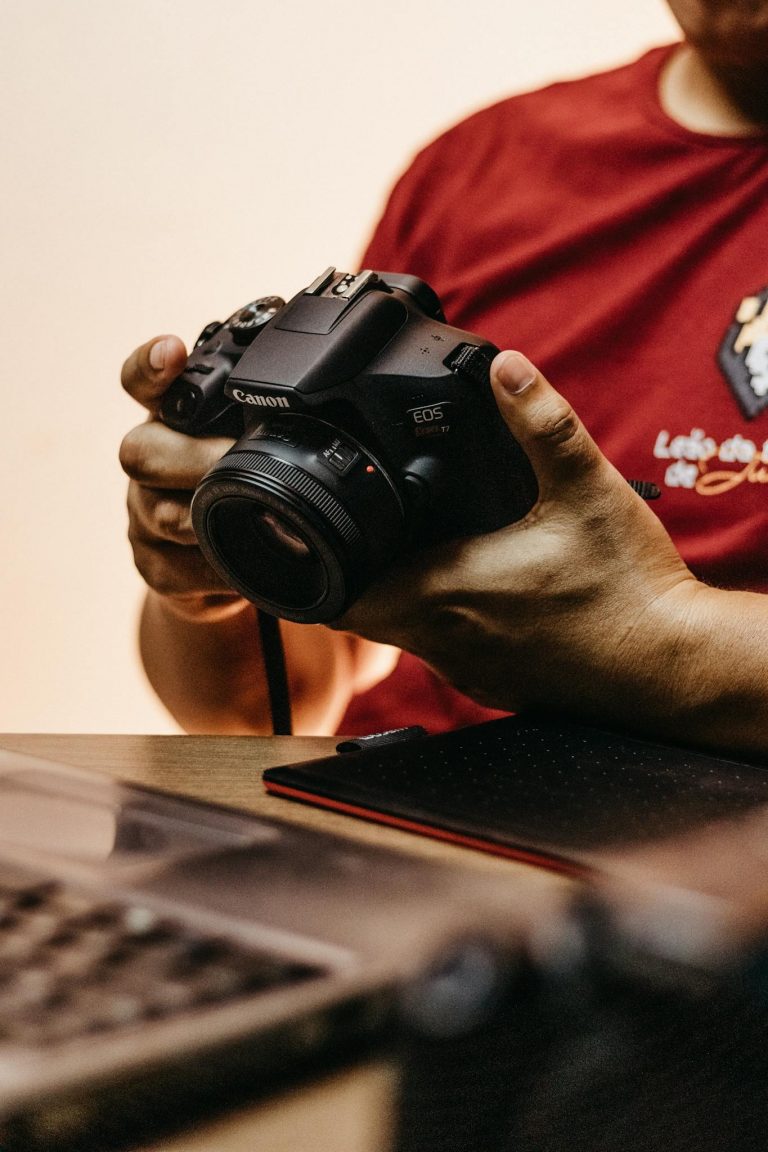
Capturing Minds and Emotions: The Psychology of Photography
Introduction
Photography is a powerful medium that transcends mere visuals; it has the incredible ability to evoke emotions, trigger memories, and communicate messages. Behind every photograph lies a fascinating intersection of photography and psychology. In this blog post, we will delve into the captivating world of photography and psychology, exploring how our minds respond to images and how photographers can use this knowledge to create impactful, emotionally resonant photographs.
The Power of Visual Storytelling
Photography is a form of visual storytelling that transcends language and cultural boundaries. When viewers engage with a photograph, they often bring their unique backgrounds and experiences into the interpretation. Understanding how psychological processes influence interpretation is essential for photographers seeking to convey specific messages.
- Emotion Elicitation: Images have the power to evoke emotions, and skilled photographers can use this to their advantage. Photographs can trigger happiness, sadness, nostalgia, or even outrage. Understanding the emotional impact of colors, composition, and subject matter is vital for photographers.
- Cognitive Processing: Photographs can engage viewers on a cognitive level, making them think, question, and explore. A well-composed image can lead viewers to draw conclusions, speculate, or imagine the backstory.
- Memories and Nostalgia: Photographs have an extraordinary capacity to evoke memories and a sense of nostalgia. They can transport viewers back in time, recalling personal experiences or sparking a connection with bygone eras.
The Role of Composition and Visual Elements
Composition is a critical element in photography that directly impacts how viewers perceive and respond to an image. It’s a visual language that photographers can use to guide the viewer’s eye and influence their psychological reactions.
- Rule of Thirds: Placing the main subject or points of interest at one of the four intersection points of the rule of thirds grid can create visual balance and appeal.
- Leading Lines: Lines within an image can guide the viewer’s eye, evoking a sense of movement and direction. Diagonal lines, for example, can create tension and dynamism.
- Color Psychology: Different colors carry specific psychological connotations. For instance, warm colors like red and orange can convey energy and passion, while cool colors like blue and green can evoke calm and tranquility.
Perspectives and Perceptions
Our perception of photographs can be heavily influenced by the context, framing, and visual cues provided. Understanding the psychology of perspective can be a powerful tool for photographers.
- Framing: The way a subject is framed can change its perceived significance. A tightly framed subject can imply intimacy or urgency, while a subject framed within a broader context can convey a sense of place or story.
- Depth and Distance: Photographers can use techniques like depth of field to create a sense of depth and three-dimensionality in a two-dimensional medium.
- Size and Proximity: The relative size of objects within a frame can alter the perceived relationships between them. Objects placed closer to the viewer may appear larger and more dominant.
The Subconscious and Photography
Photography can tap into the subconscious mind, triggering thoughts, emotions, and memories that lie beneath the surface.
- Visual Metaphors: Photographers can use symbols and metaphors to convey complex ideas or emotions that resonate on a subconscious level.
- Surrealism and Abstract Photography: These genres play with the subconscious, inviting viewers to interpret and connect with the imagery on a deeper, often dreamlike level.
Conclusion
Photography and psychology share an intricate relationship, where the visual elements and compositions created by photographers have the power to engage the viewer’s mind, evoke emotions, and trigger subconscious responses. By understanding the psychological aspects of photography, photographers can not only capture compelling visuals but also create photographs that resonate deeply with their audience. The next time you pick up your camera, consider the psychological impact your images can have, and use this knowledge to tell more compelling visual stories.



